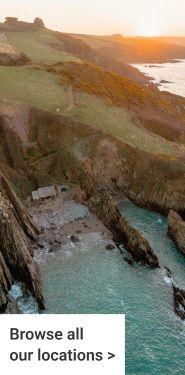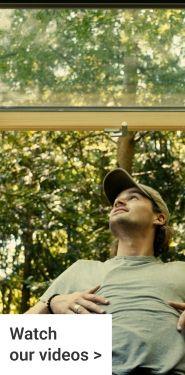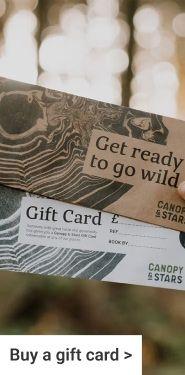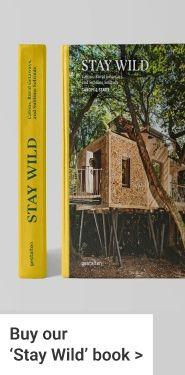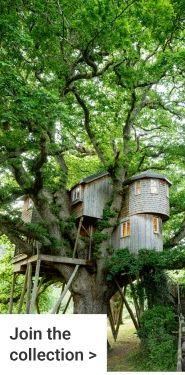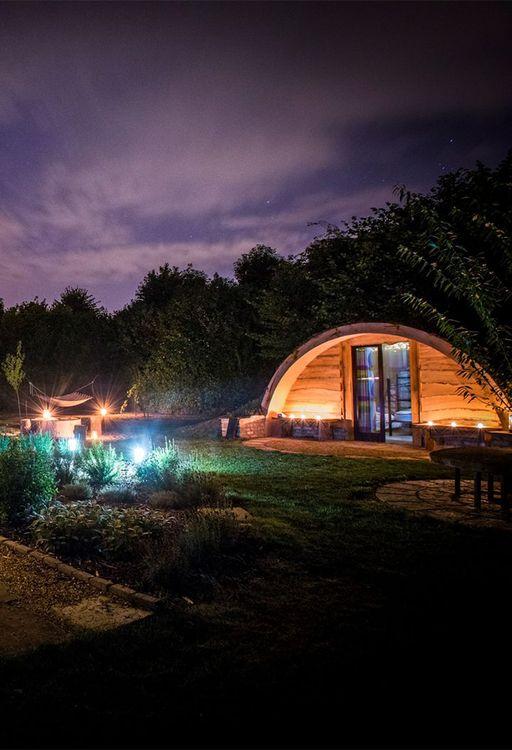
How to attract guests year round
As glamping continues to grow in popularity, it’s gone from being a quirky summer holiday, to a type of wild escape that’s on people’s minds (and wish lists) at all times of year. With that greater demand out there to be tapped, it’s natural to look for ways to extend your season.
When it comes to setting up for winter glamping, guest comfort is going to be your first thought, but there’s also an art to making your space a genuinely enticing off-season destination. Here’s how to get guests in and keep them happy, even when the temperatures start to drop.
Cold weather experiences
Glamping guests aren’t necessarily looking to pack their days with activity, so think of simple, relaxing things like hot tubs and saunas. Or a covered outdoor space with a fire pit or chiminea to snuggle around. Adding to, or refreshing, your board game collection is a good idea, as is making sure there are plenty of cosy blankets and comfy chairs for lounging and reading. Colder nights tend to be clearer (and longer too), making them perfect for a spot of stargazing, so consider binoculars and telescopes as additions to your spaces during the winter months. Stock your place with cosy lighting or fairy lights, musical instruments, foraging guides, local winter/autumn walks and tips on the best pubs nearby to have a Sunday roast (as well as local taxi firms to get you back.) You could even consider having summer/winter editions (or sections) in any local information you leave out for guests.
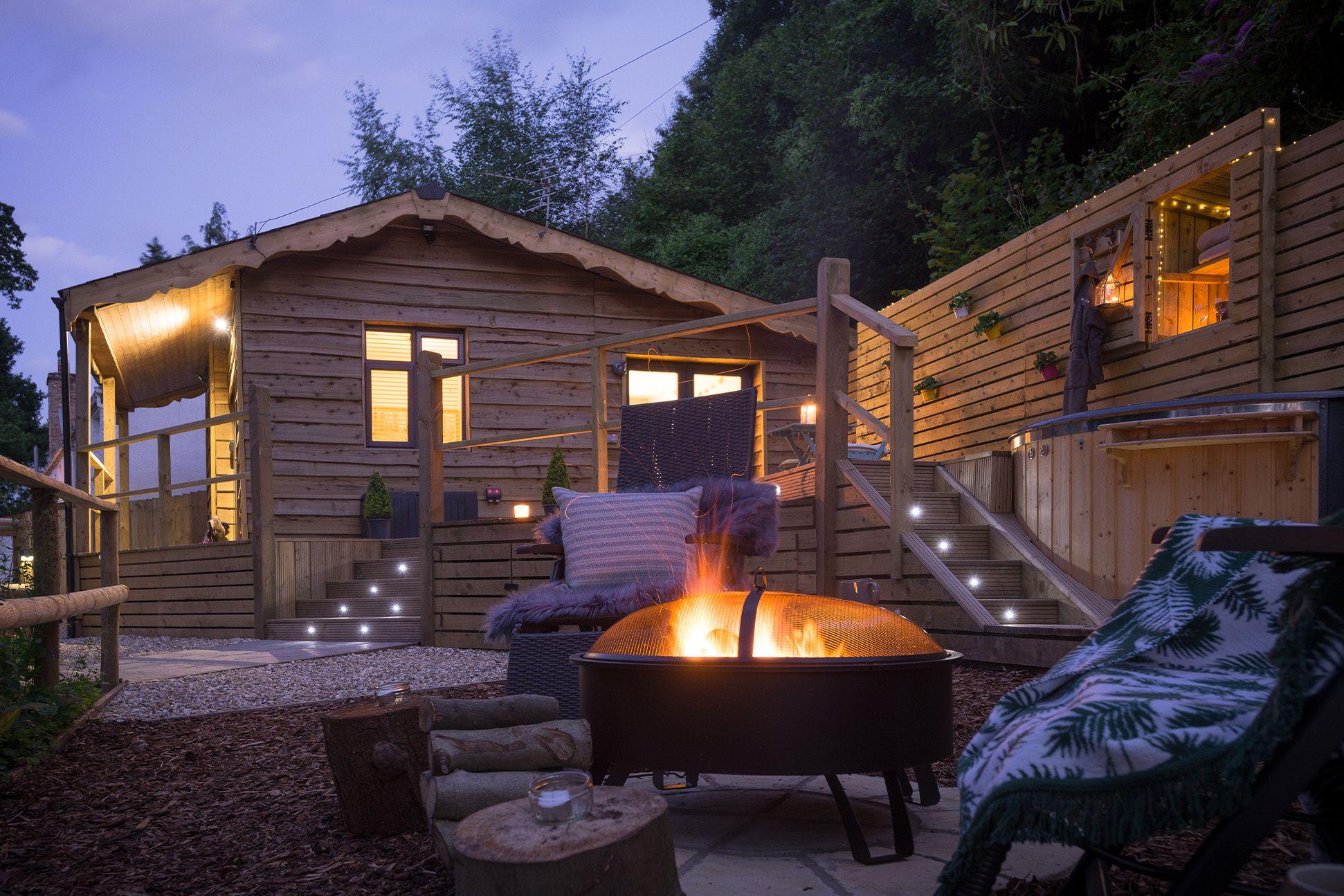
Some practical considerations
There’s no point in selling the guests that cosy Christmas feeling if they’re going to be miserable when they stay, so as much as we love the aesthetics, here are some of the more practical things to consider when you’re looking at extending the season.
- Wet gear storage: Try and ensure that guests have somewhere to hang coats and leave muddy boots that isn’t going to intrude on the rest of the space. This is especially important in smaller spaces like shepherd’s huts. A small porch or “lean to” outside often works quite well.
- Dry gear storage: People tend to bring more, bulkier clothing on winter trips, so you might need to make sure they have somewhere to put it all.
- Indoor space: Do the guests have enough space to comfortably spend time indoors? It’s all very well having board games and cards, but have you ever tried playing Monopoly on a folding camp table? If space indoors is limited, the addition of a covered, heated outdoor space could really add to the guest experience.
- Access to facilities: Not all spaces can have everything en-suite, but a compost loo with a view or an outdoor shower can be half the fun of glamping. If you do have these, however, make access as to them as easy as possible. Flagstone or gravel paths and solar lighting can stop a night time trip to the loo turning into an ordeal. Sometimes a well-placed torch and umbrella can make a big difference too.
- Lighting: With night falling earlier, lighting becomes more important. Think about practical lighting as well as atmosphere. Reading by candlelight is actually pretty hard, so consider a lantern or directional light of some kind.
- Power: If you run off solar power, you might want to consider installing some kind of backup system for darker days.
- Parking and roads: Consider whether the roads/paths to your property and space are safe in wet or icy conditions. You might not be able to lay smooth tarmac, but perhaps use an alternative parking spot and help guests to the space with their luggage if you think driving is going to be an issue and give them a heads up in advance if adverse weather has made access more challenging.
- Signage/arrival: Even in summer, some guests will arrive in the dark, but in winter it’s extremely likely. Do what you can with signage and lighting to make sure that it’s possible to follow your directions, find the space and gain access to it easily at night.
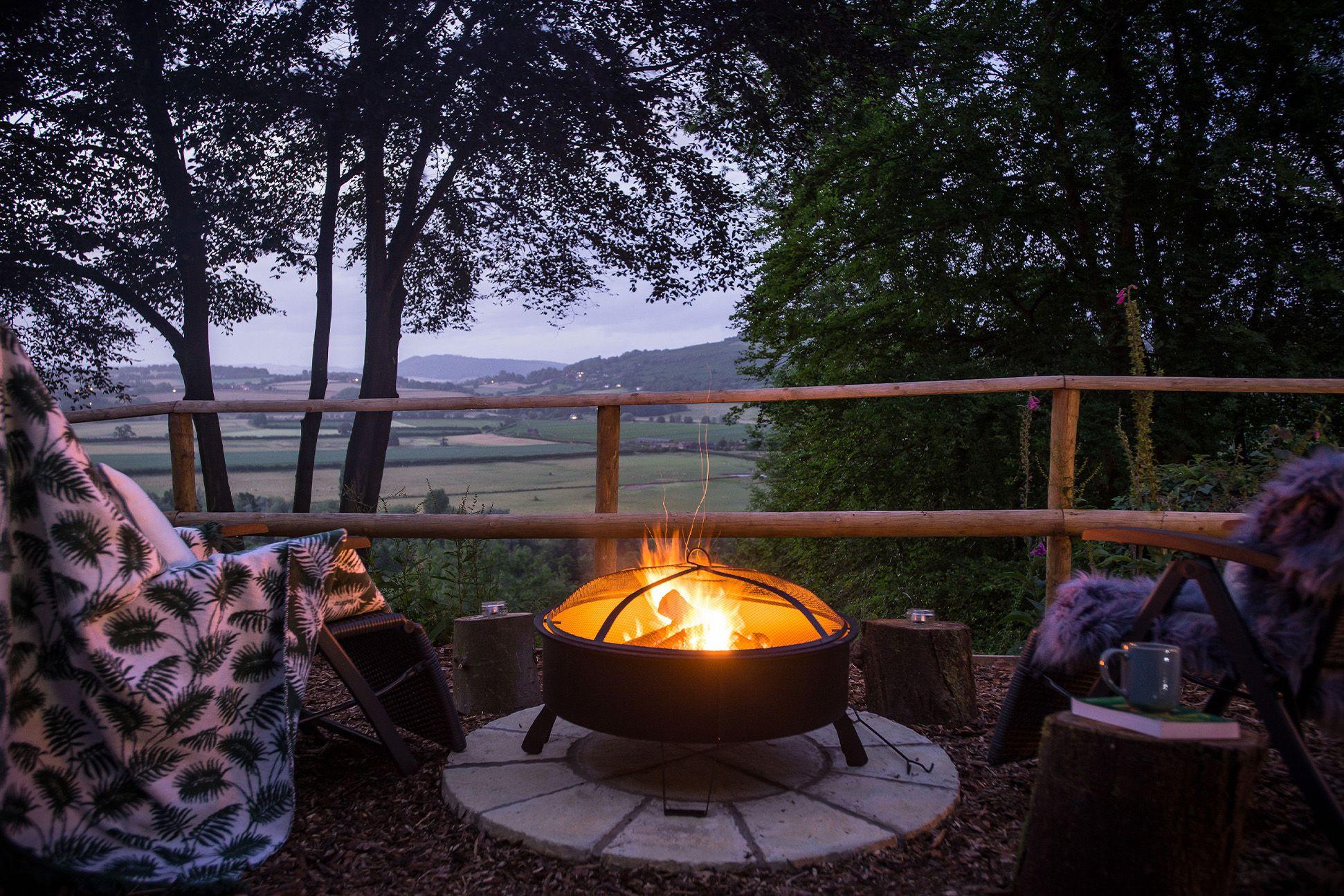
The big one - warmth
This is clearly the most important factor when you’re creating a year-round glamping space, but it’s not all about leaving great piles of logs for your guests
- Heating speed: Consider how quickly the space can be heated, as even if you have it warmed for a guest’s arrival, they might then go out for a while and come back to a very cold room.
- Wood burner safety: Ensure your wood burner has been signed off by HETAS and that clear instructions are left for guests on lighting and using it, including a reminder not to hang wet gear on or over it.
- Wood burner alternatives: A single small wood burner might heat the place perfectly well and be more in keeping with the feel of the space, but a gas or electric option is often more practical for guests in a pinch and can be more ecologically sound.
- Insulation: Good insulation goes a long way to making a place feel cosy, especially in the floor if the space is elevated. Also make sure that any piping is well lagged to prevent pipes from freezing.
- Furnishing: Try using rugs and blankets to keep heat in and give guests more options for warmth. Think about providing some for outdoor use if you have fire pit or other suitable space as well.
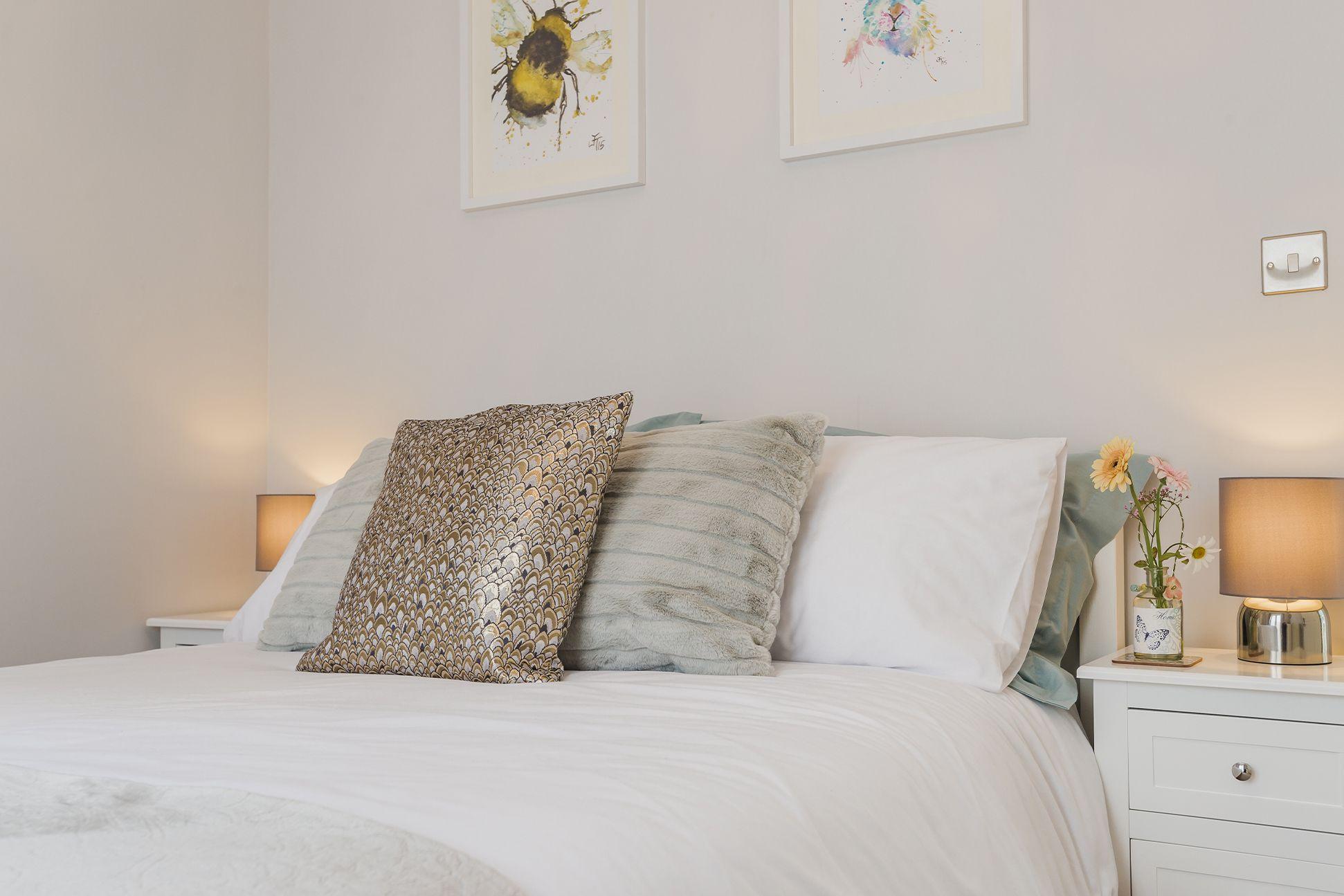
Cosy lifestyle touches
Think about what would make winter glamping easy and fun. You might want to get any or all of the following:
- Good-quality thick blankets and rugs.
- A thermos or reusable mugs to take on walks.
- Hot chocolate or an interesting selection of hot drinks.
- A range of books (including short stories and local interest books) and hot water bottles (the long ones are great for pre-warming the bed).
- You could also consider adding warmth to your welcome hampers with soup, jams, bread or scones to put guests instantly at ease.
Prove it with photos
If you’ve had a professional photographer come to your place, the chances are it was in summer, but it doesn’t hurt to have a few lovely winter shots in your gallery too. If you’re worried about the place looking muddy or the trees being a bit bare, then nighttime photos can do a great job. They’re harder to shoot of course, but a few well taken pictures of a crackling fire and a steaming mug of hot chocolate can really get people thinking of your space as a winter destination. Professional photography is always best, so consider paying extra or offering a night’s stay to a photographer, so you get a good set of shots in all light levels to showcase your space’s year-round potential.
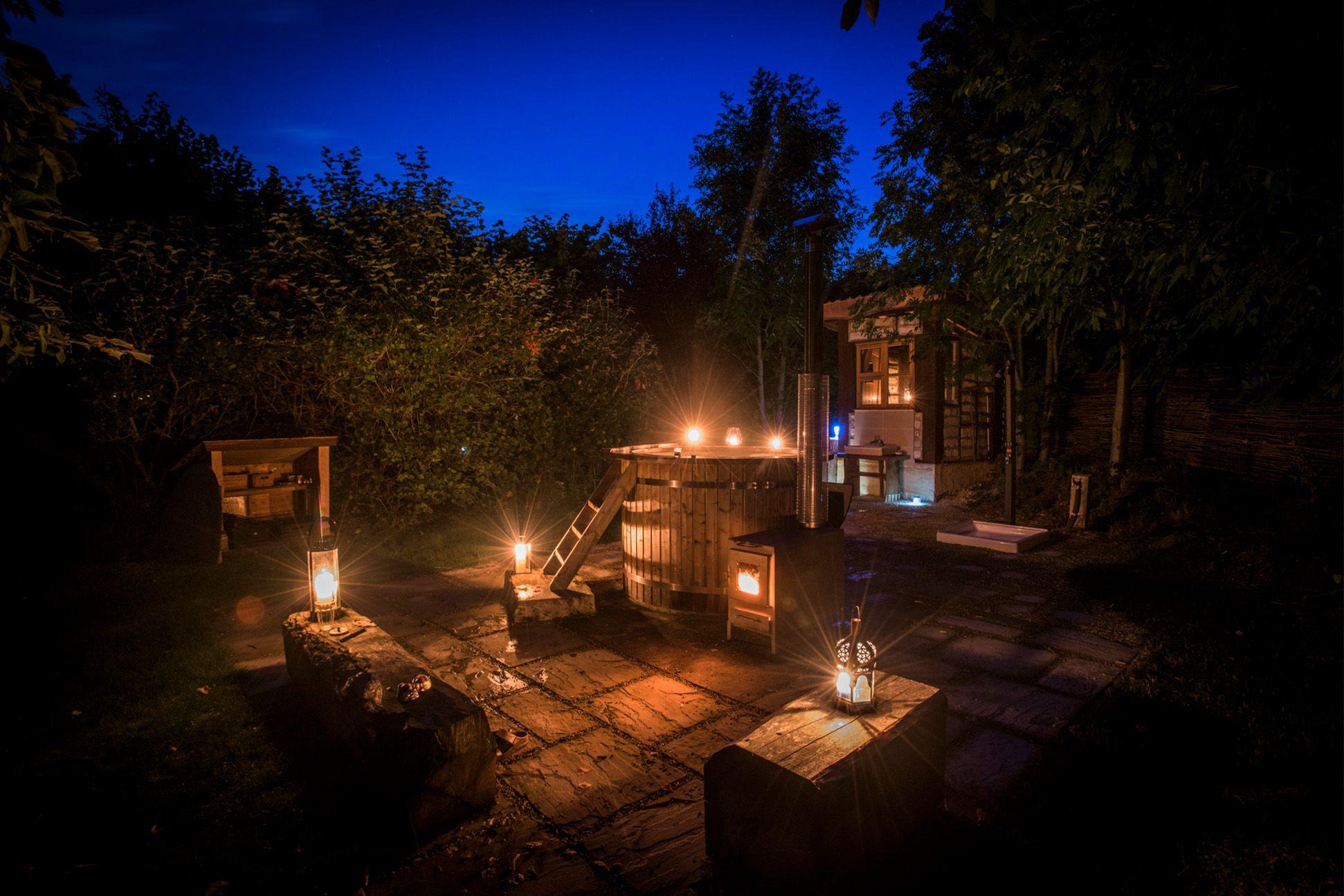
What spaces work all year round
If you’re starting from scratch or thinking of replacing a structure in order to get more off-season guests, then the simple advice is to go solid. It’s much easier to heat, furnish and maintain a space with wood or stone walls than one that’s made of canvas. Treehouses, cabins, shepherd’s huts, barns & bothies are all great for year-round glamping, and still give you enormous scope to get creative with design and décor. Get in touch if you have any questions about what sort of space would work for your land and business goals.
Keeping up with your maintenance
Some space types just may not be suitable for winter stays, in which case it’s a great time to get in any planned maintenance before the warmer months return. Even if your space is available all year round, winter is still an opportune period for major improvements, noisy works and upgrades whilst it’s quieter, minimising disruption during peak seasons.
If you would like more information, data or insight as to the opportunities opening your site into winter could bring you, please do get in touch with your Account Manager on 0117 204 7857 or by emailing owners@canopyandstars.co.uk.

